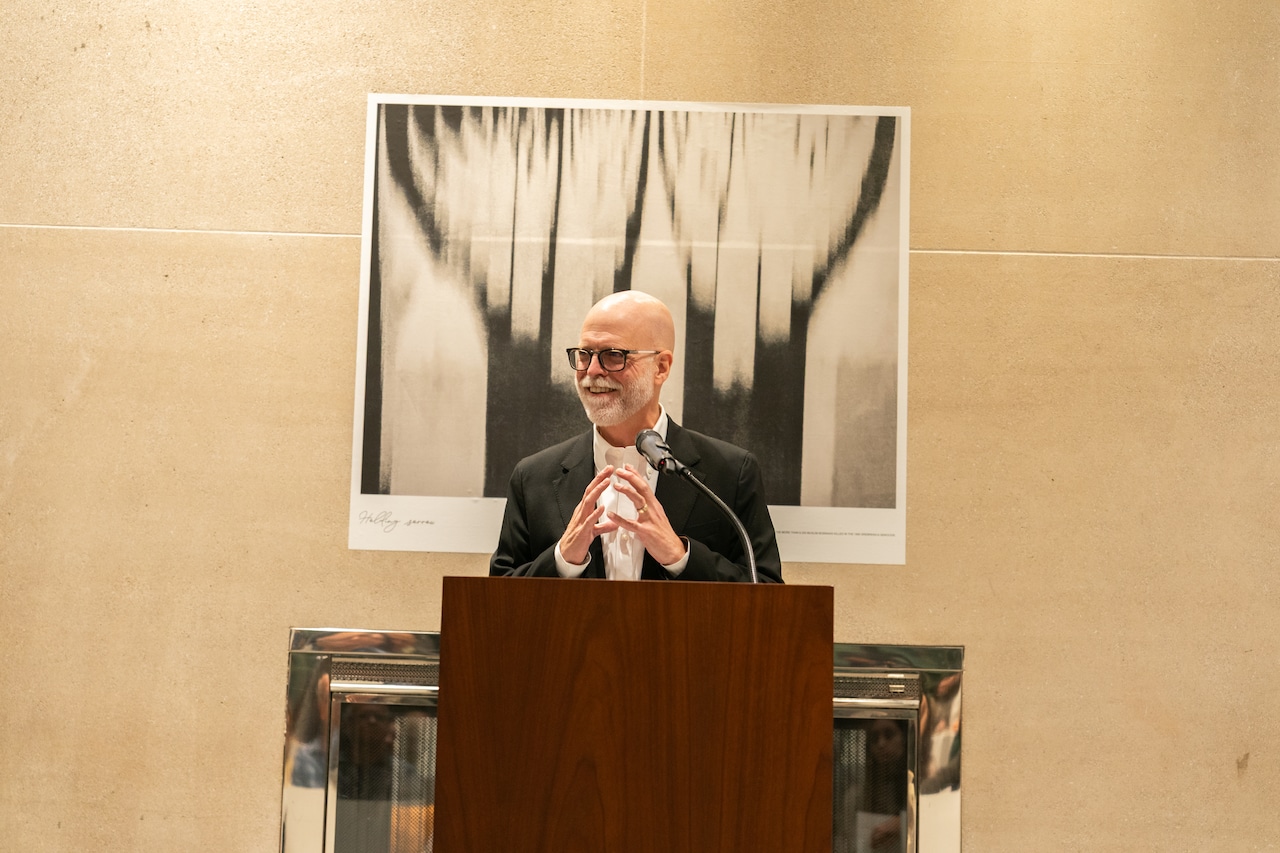Copyright syracuse.com

When Bruce Strong first arrived in Sarajevo, the capital of Bosnia and Herzegovina, he was struck by how much life had moved forward since the haunting images of war that once defined the region. The associate professor of visual communications at Syracuse University’s S.I. Newhouse School of Public Communications had come to the Balkans with a question: what does everyday life look like three decades after such a devastating conflict? That question led to “Call to Me, Balkans,” a photography exhibition which opened Nov. 6 in the Panasci Lounge at Syracuse University’s Schine Student Center. Photographed by Bruce Strong and curated as well as designed by Strong’s wife and Newhouse colleague, Claudia Strong, the show coincides with the 30th anniversary of the Dayton Accords, which ended the Bosnian War in 1995. The project began when the Strongs were invited to serve as visiting scholars at a Sarajevo photo academy run by the VII Foundation. For Strong, the trip also carried personal meaning. During the Bosnian War in the 1990s, one of his close friends went to Sarajevo to cover the conflict while he stayed behind. “I always had this sort of weird tension,” he said. “Why did I not go? This was a chance to explore this culture that in my head I saw via the pictures from 30 years ago. Those are the images seared in my head. And I wanted to change those images and put in new ones.” What began as a Sarajevo-centered story soon expanded when the couple took an unplanned bus trip through the region. “We wound up having to leave Bosnia for a period of time,” Strong said. “We went by public transport to all the countries surrounding Bosnia, and that caused the project to expand out beyond just Bosnia itself.” The resulting collection documents the vibrancy of daily life across the Balkans, from weddings and soccer games to small, quiet moments of joy. Strong said he wanted to replace the dominant visual narrative of the 1990s with something more reflective of the present. “Older people may still be stuck in their memories of Sarajevo and Bosnia and the Balkans based on the war photos they saw in the 90s,” Strong said, “hopefully this is a new way of updating their memory … a sense of life beyond war and destruction.” Choosing which photographs to display was a careful process. Working with his wife, he said, meant many late nights of debating images until they found a cohesive set. “There were pictures that I liked that she didn’t, and pictures that she liked that I didn’t,” Strong said. “We came to an agreement that this set works well together, so that as you view the show, you get a well-rounded experience of life in the Balkans.” The exhibit also has a strong local connection as Central New York is home to a large Bosnian community. Strong said he hopes people from that community will visit the exhibit and see parts of themselves reflected in the images. “Maybe if word gets out within the Bosnian community, they come and see it, experience it,” he said. “The hope is that they would come and remember and share.” Strong also sees parallels between Bosnia’s past and the tensions within the United States today. “As I watch America struggle with its politics, I sometimes worry that we have the potential to head down the same path,” he said. “My hope is we can learn from people who have gone through that kind of division and figure out how to avoid conflict.” After its debut in Syracuse, “Call to Me, Balkans” will travel overseas for an exhibition at the National Gallery in Sarajevo, opening Nov. 20. The exhibition will still run through January at Syracuse University. For Strong, the project is about more than photographs. It’s a reminder of connection and humanity that transcends borders. “If anyone from the region were to come and have a question, I hope they reach out,” he said. “Maybe it brings a sense of home, that they’re able to see themselves and the life they once knew. At a base level, it’s about understanding what it is to be human, to live in peace, to share, and to enjoy life.”



